A GILT COPPER ALLOY FIGURE OF GREEN TARANEPAL, EARLY MALLA PERIOD, 13TH CENTURY Himalayan Art Resources item no.4534 9 in. (23 cm) highFootnotes尼泊爾 馬拉王朝早期 十三世紀 銅鎏金綠度母像 Published: Hilary Roberts (ed.), The Great Heritage: Himalayan Art through the Eyes of Art Dealers Chino Roncoroni and Iwona Tenzing, San Francisco, 2020, no.324. Provenance: David Tremayne Ltd, London, 1984 Michael Henss Collection, Zurich, since 1984 From the collection of Michael Henss, the esteemed Himalayan art scholar, connoisseur, and collector, this elegant representation of Tara is a unique masterpiece from the Early Malla period (1200-1482), the unquestionable zenith of the Nepalese sculptural tradition. Few can rival the breathtaking quality and sensitivity of this extraordinary bronze. "Homage to you, Tara, whose face is like One hundred full autumn moons gathered together, Blazing with the expanding light Of a thousand stars assembled." —Excerpt from the "Praises to the Twenty-One Taras" prayer. Tara is arguably the most popular Buddhist goddess in the Himalayas. In Tibet, she is worshipped by followers of every Buddhist sect, with her various forms found in all classes of Tantra. Her ten-syllable mantra and the short Tantra known as the 'Twenty-One Praises of Tara', spoken by the Buddha Samantabhadra, are memorized and recited by virtually all Tibetans from childhood. As suggested by Pal, she is equally favored in Nepal: "Undoubtedly, the most popular Buddhist goddess in the Valley is Tara, the female counterpart of the bodhisattva Avalokitesvara. Like him she is a savior deity who protects her devotees from earthly dangers and calamities, such as fires, storms, and attacks from bandits and predatory animals... The Buddhist Tara was ultimately absorbed by the Hindus as a deity of transcendental knowledge known collectively as the Dasamahavidya, further explaining her universal popularity in the valley." (Pal, Art of Nepal, 1985, p.32.) The beautiful goddess sits in an open posture of 'royal ease' while tilting her head slightly with a benevolent gaze and warm smile. Above her countenance rests a crown of inset gems and rare pearls. While most representations of the goddess depict her right hand in either the symbolic gesture (mudra) of reassurance (abhaya) or generosity (varada), here she gently extends a downward facing palm in a gesture of blessing and providing sanctuary. This special iconography is reserved for depictions of a central shrine image of Tara Who Protects from the Eight Fears (Ashtamahabhaya Tara). Enlaced within the fingers of her left hand is the sinuous stem of a blossoming blue lily that is cast with consummate skill. Her superbly modelled fleshy torso transitions to a lower garment gathered in bold pleats around her thighs and shins. Her body and hair are embellished through the ritual practice of painting the skin with cold gold and the hair with ground lapis lazuli, features that indicate the idol's former veneration in Tibet. The viewer's attention will ultimately return to Tara's compassionate and captivating face, at once present and transcendent, bridging the human and divine. Nepalese sculpture has long been hailed for its extraordinary grace and sensitivity, a stylistic leaning attributable to the Newars, an ethnic group from Nepal's Kathmandu Valley who have been transmitting their artistic expertise across generations. Renowned for being among the most accomplished artisans in Asia, the Newars were highly sought-after for major artistic projects in Tibet and China during the Early Malla period, a time corresponding with great political stability and economic prosperity in the Valley. While the Malla period (13th-18th century) is considered the "Golden Age" of Nepalese art, the Early Malla period (1200-1482) stands out as its pinnacle. As Pal has summarized: "The Early Malla period witnessed the growth of a national consciousness in Nepal. It was a remarkable era marked by the creation of a distinctive Nepali style of
A GILT COPPER ALLOY FIGURE OF GREEN TARANEPAL, EARLY MALLA PERIOD, 13TH CENTURY Himalayan Art Resources item no.4534 9 in. (23 cm) highFootnotes尼泊爾 馬拉王朝早期 十三世紀 銅鎏金綠度母像 Published: Hilary Roberts (ed.), The Great Heritage: Himalayan Art through the Eyes of Art Dealers Chino Roncoroni and Iwona Tenzing, San Francisco, 2020, no.324. Provenance: David Tremayne Ltd, London, 1984 Michael Henss Collection, Zurich, since 1984 From the collection of Michael Henss, the esteemed Himalayan art scholar, connoisseur, and collector, this elegant representation of Tara is a unique masterpiece from the Early Malla period (1200-1482), the unquestionable zenith of the Nepalese sculptural tradition. Few can rival the breathtaking quality and sensitivity of this extraordinary bronze. "Homage to you, Tara, whose face is like One hundred full autumn moons gathered together, Blazing with the expanding light Of a thousand stars assembled." —Excerpt from the "Praises to the Twenty-One Taras" prayer. Tara is arguably the most popular Buddhist goddess in the Himalayas. In Tibet, she is worshipped by followers of every Buddhist sect, with her various forms found in all classes of Tantra. Her ten-syllable mantra and the short Tantra known as the 'Twenty-One Praises of Tara', spoken by the Buddha Samantabhadra, are memorized and recited by virtually all Tibetans from childhood. As suggested by Pal, she is equally favored in Nepal: "Undoubtedly, the most popular Buddhist goddess in the Valley is Tara, the female counterpart of the bodhisattva Avalokitesvara. Like him she is a savior deity who protects her devotees from earthly dangers and calamities, such as fires, storms, and attacks from bandits and predatory animals... The Buddhist Tara was ultimately absorbed by the Hindus as a deity of transcendental knowledge known collectively as the Dasamahavidya, further explaining her universal popularity in the valley." (Pal, Art of Nepal, 1985, p.32.) The beautiful goddess sits in an open posture of 'royal ease' while tilting her head slightly with a benevolent gaze and warm smile. Above her countenance rests a crown of inset gems and rare pearls. While most representations of the goddess depict her right hand in either the symbolic gesture (mudra) of reassurance (abhaya) or generosity (varada), here she gently extends a downward facing palm in a gesture of blessing and providing sanctuary. This special iconography is reserved for depictions of a central shrine image of Tara Who Protects from the Eight Fears (Ashtamahabhaya Tara). Enlaced within the fingers of her left hand is the sinuous stem of a blossoming blue lily that is cast with consummate skill. Her superbly modelled fleshy torso transitions to a lower garment gathered in bold pleats around her thighs and shins. Her body and hair are embellished through the ritual practice of painting the skin with cold gold and the hair with ground lapis lazuli, features that indicate the idol's former veneration in Tibet. The viewer's attention will ultimately return to Tara's compassionate and captivating face, at once present and transcendent, bridging the human and divine. Nepalese sculpture has long been hailed for its extraordinary grace and sensitivity, a stylistic leaning attributable to the Newars, an ethnic group from Nepal's Kathmandu Valley who have been transmitting their artistic expertise across generations. Renowned for being among the most accomplished artisans in Asia, the Newars were highly sought-after for major artistic projects in Tibet and China during the Early Malla period, a time corresponding with great political stability and economic prosperity in the Valley. While the Malla period (13th-18th century) is considered the "Golden Age" of Nepalese art, the Early Malla period (1200-1482) stands out as its pinnacle. As Pal has summarized: "The Early Malla period witnessed the growth of a national consciousness in Nepal. It was a remarkable era marked by the creation of a distinctive Nepali style of

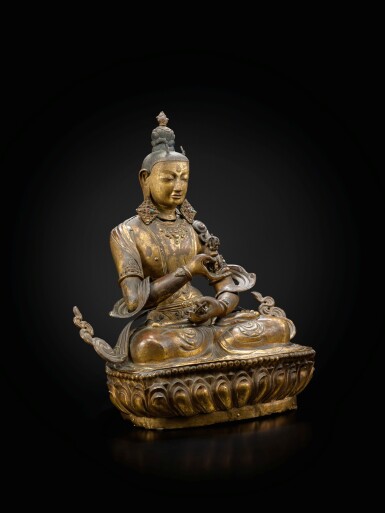
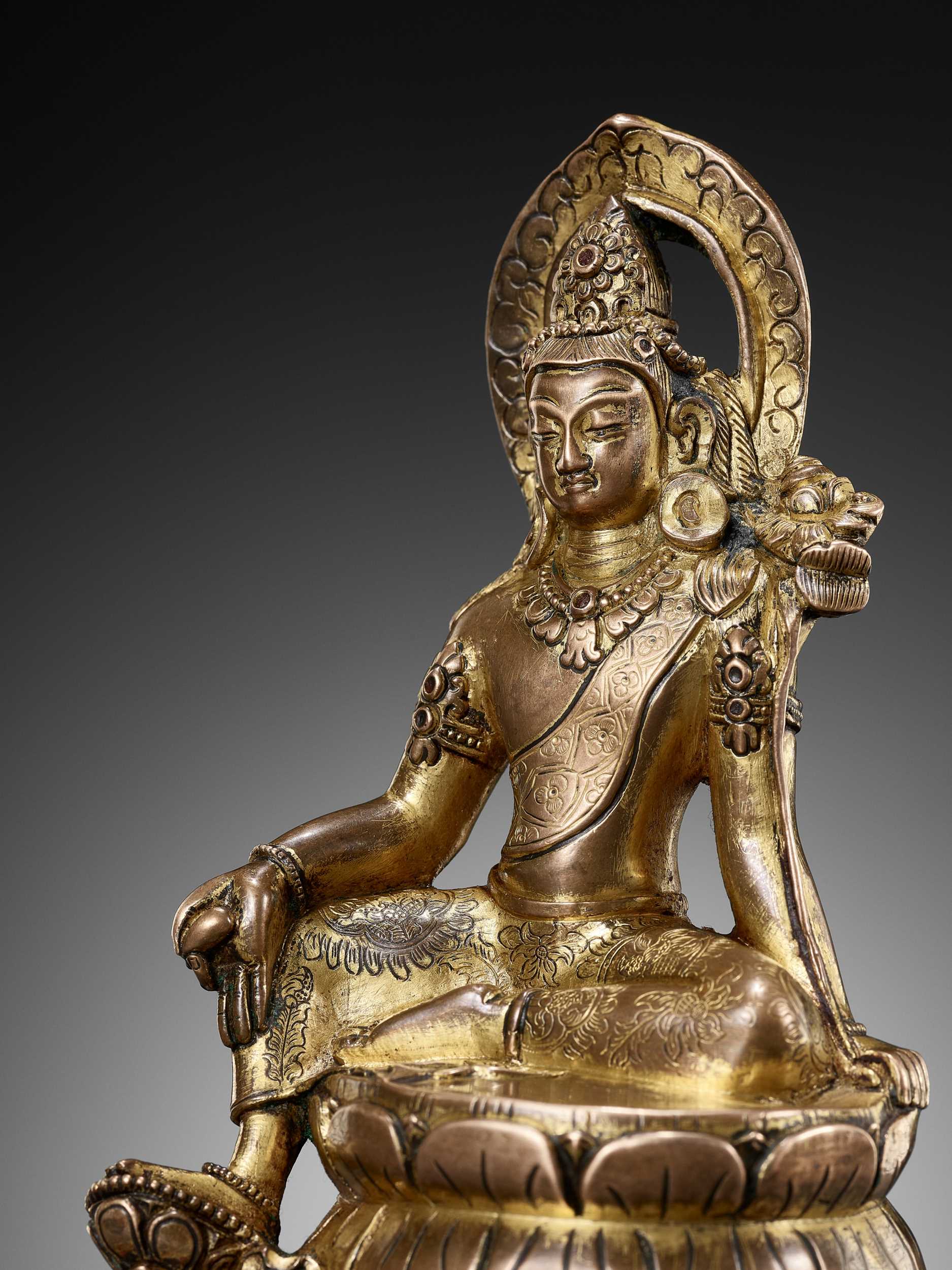
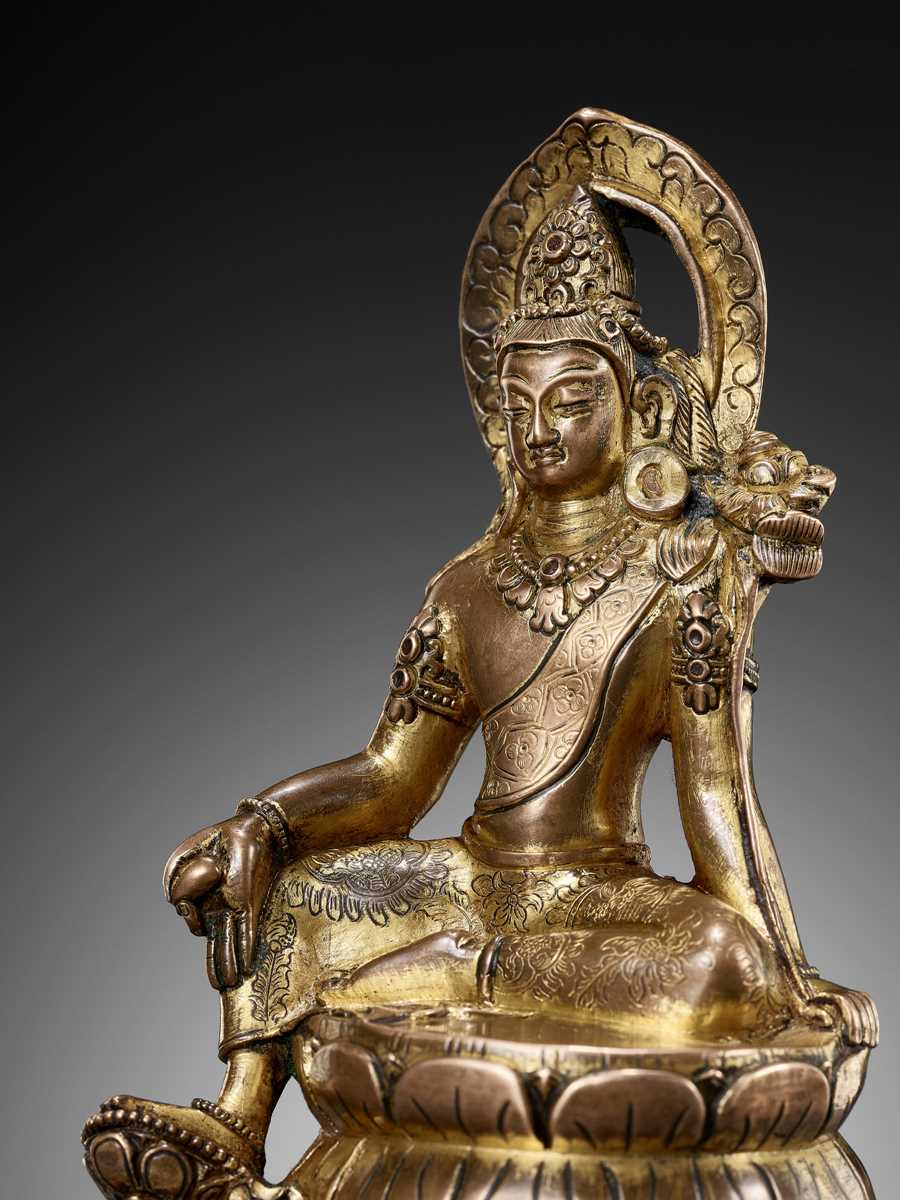


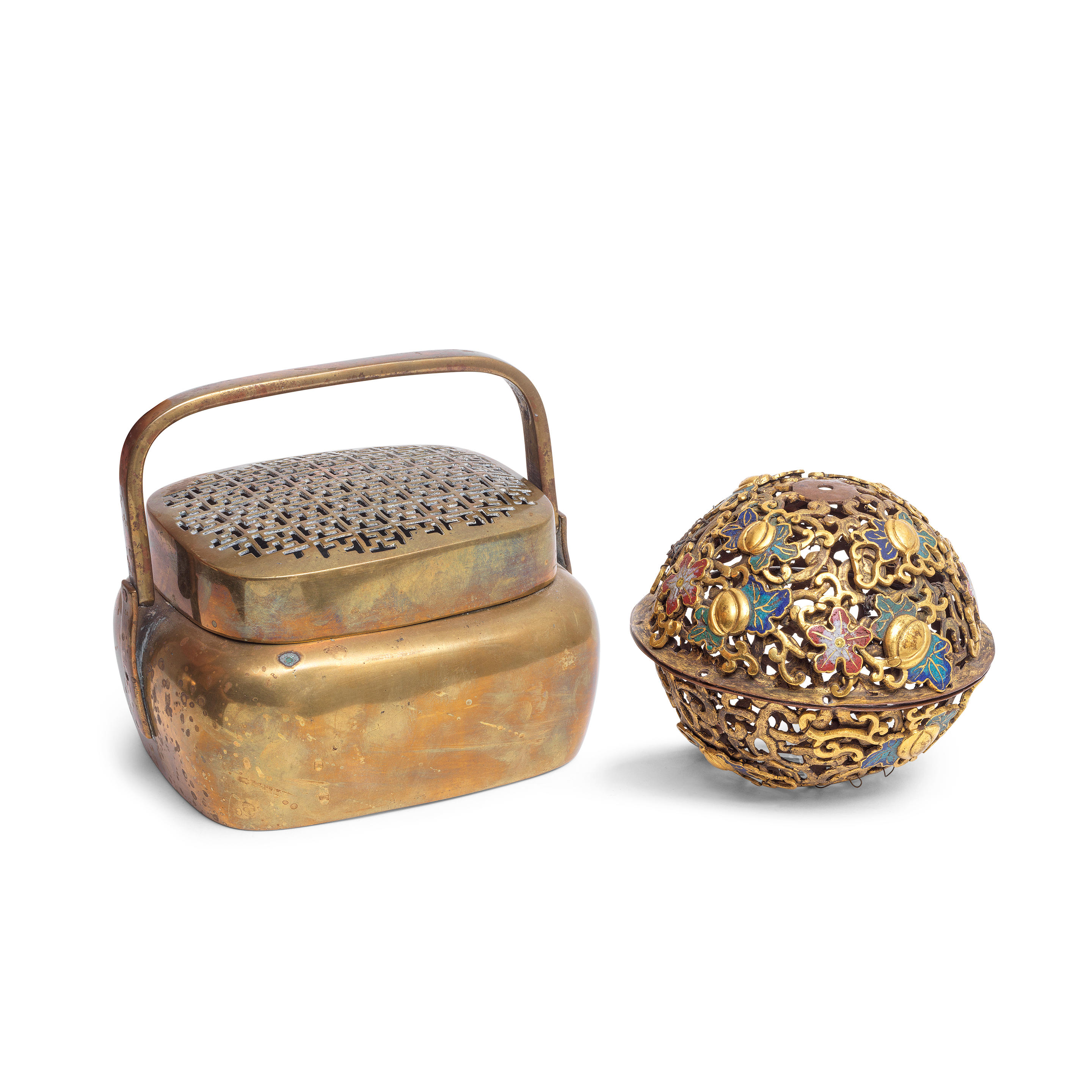




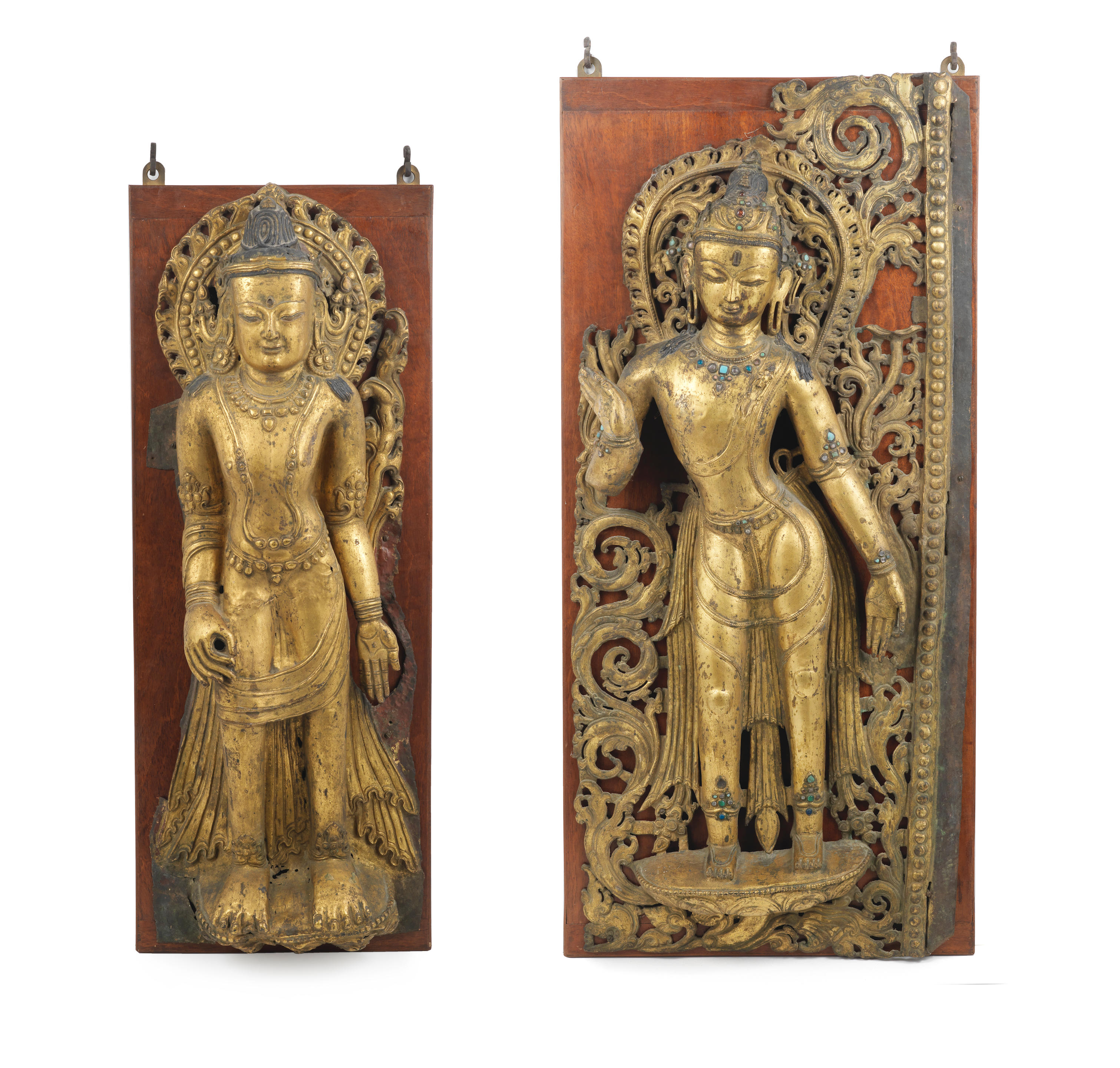
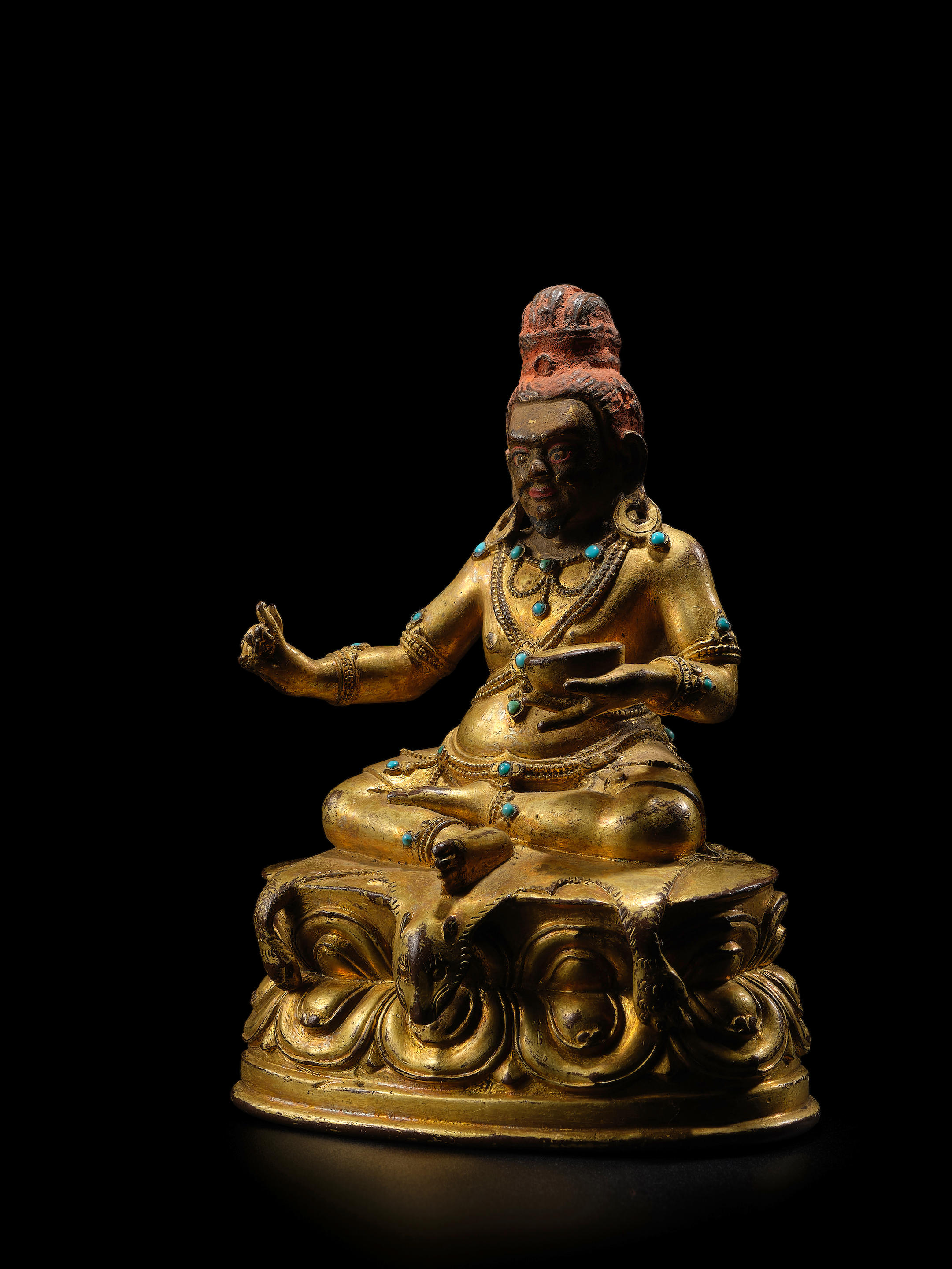

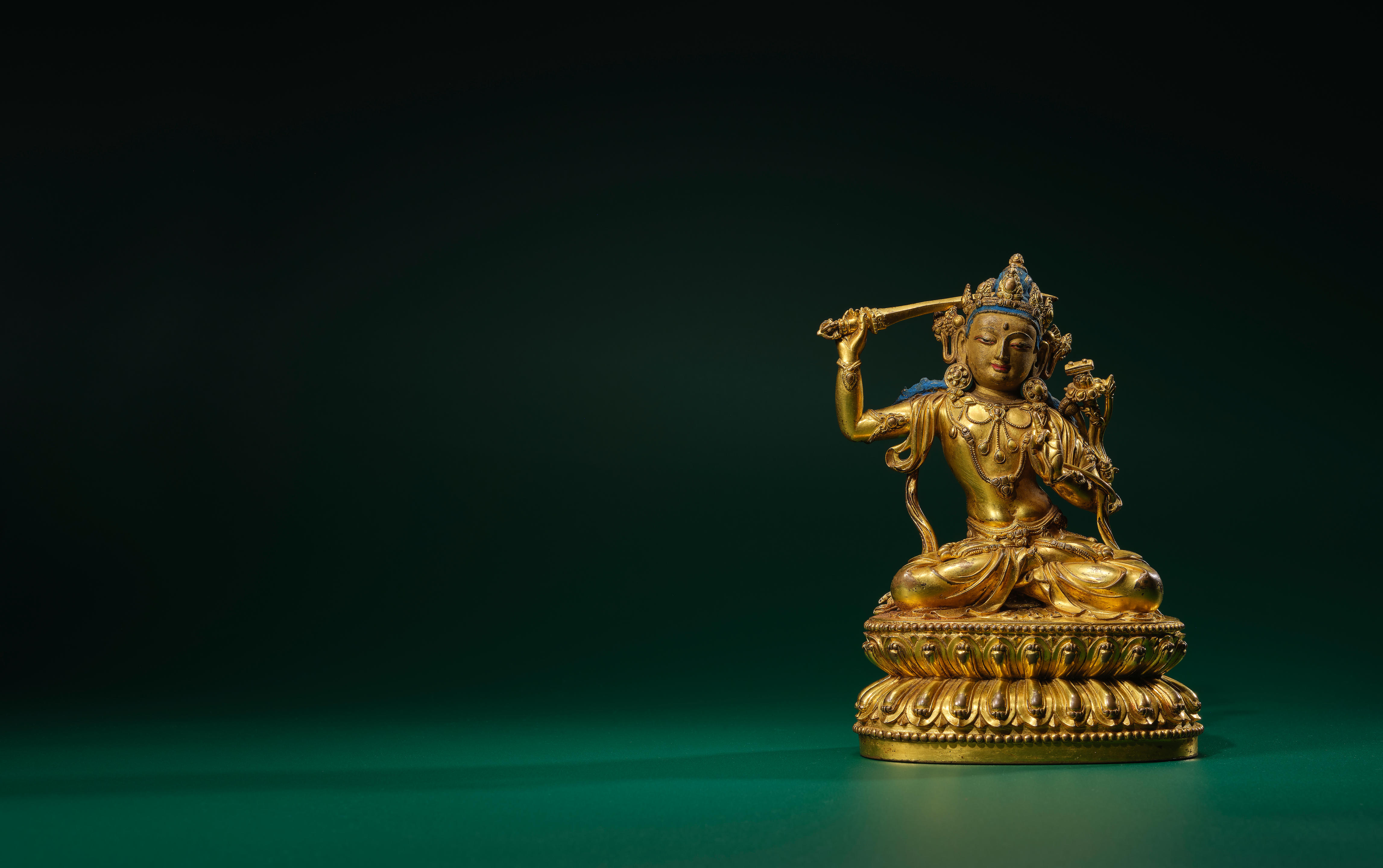
Testen Sie LotSearch und seine Premium-Features 7 Tage - ohne Kosten!
Lassen Sie sich automatisch über neue Objekte in kommenden Auktionen benachrichtigen.
Suchauftrag anlegen